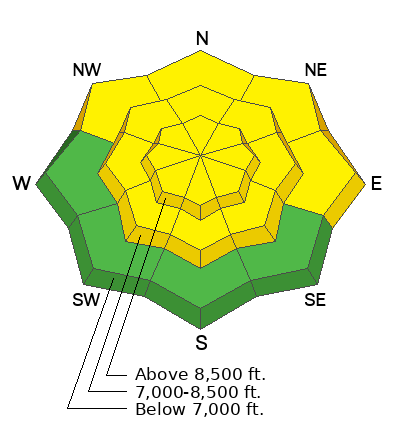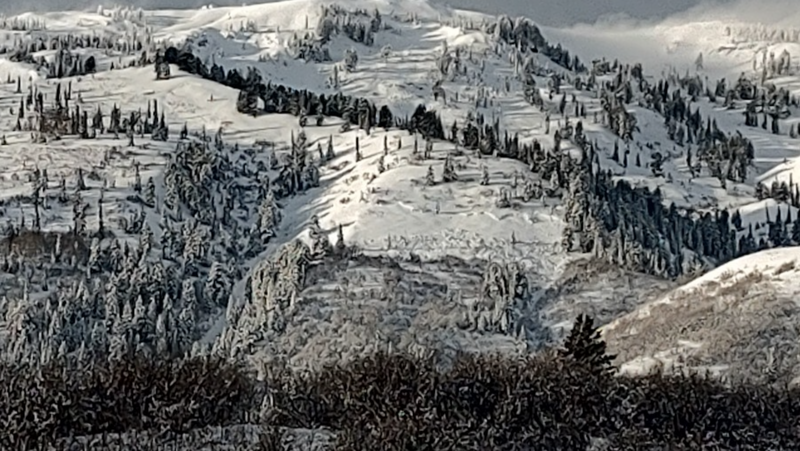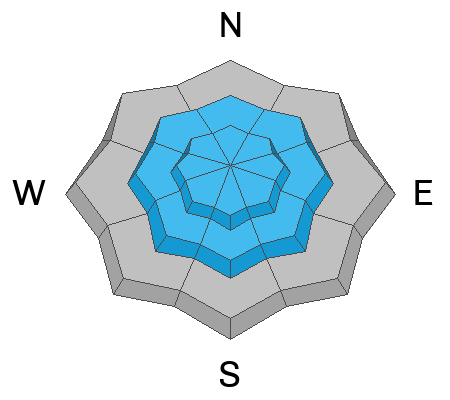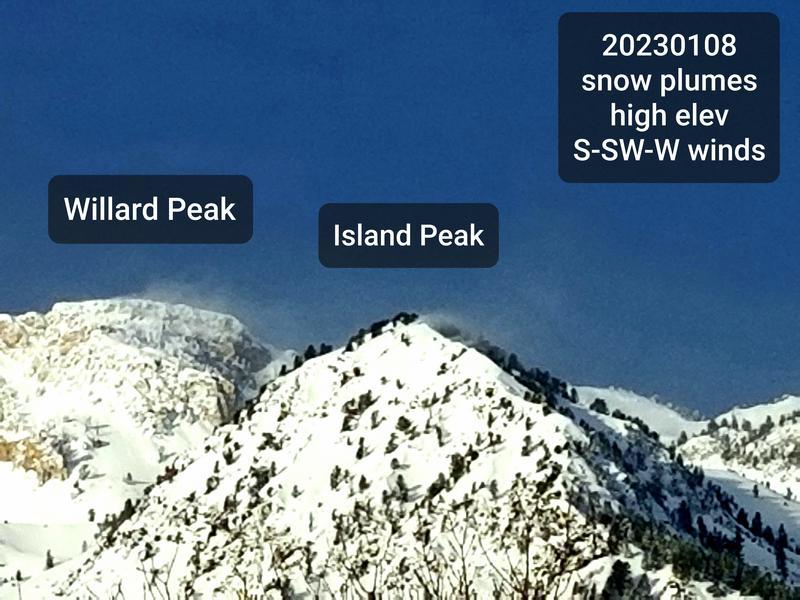Forecast for the Ogden Area Mountains

Issued by Dave Kelly on
Monday morning, January 9, 2023
Monday morning, January 9, 2023
A MODERATE avalanche danger exists on all steep slopes where you may find areas of wind drifted snow. A LOW danger exists at low elevation west-south-southeast aspects.
Human triggered wind-drifted snow avalanches 1-2' deep are possible. In isolated areas you may trigger an avalanche 2-7' deep on the buried persistent weak layer.

Low
Moderate
Considerable
High
Extreme
Learn how to read the forecast here








